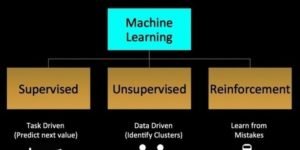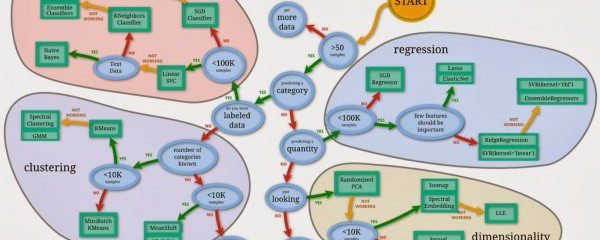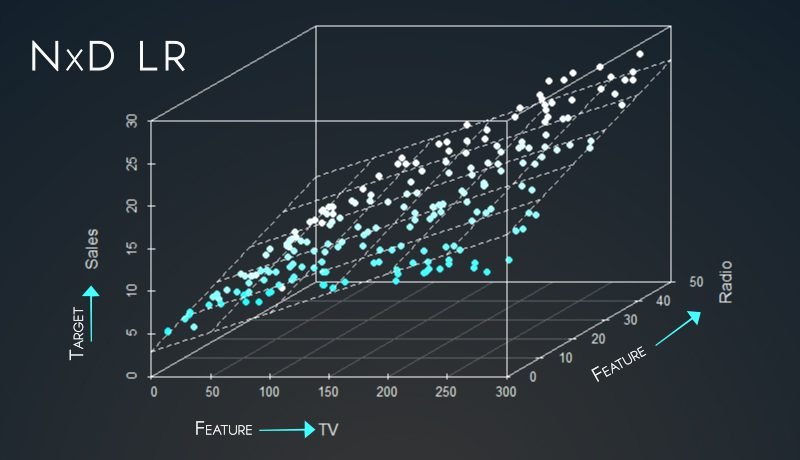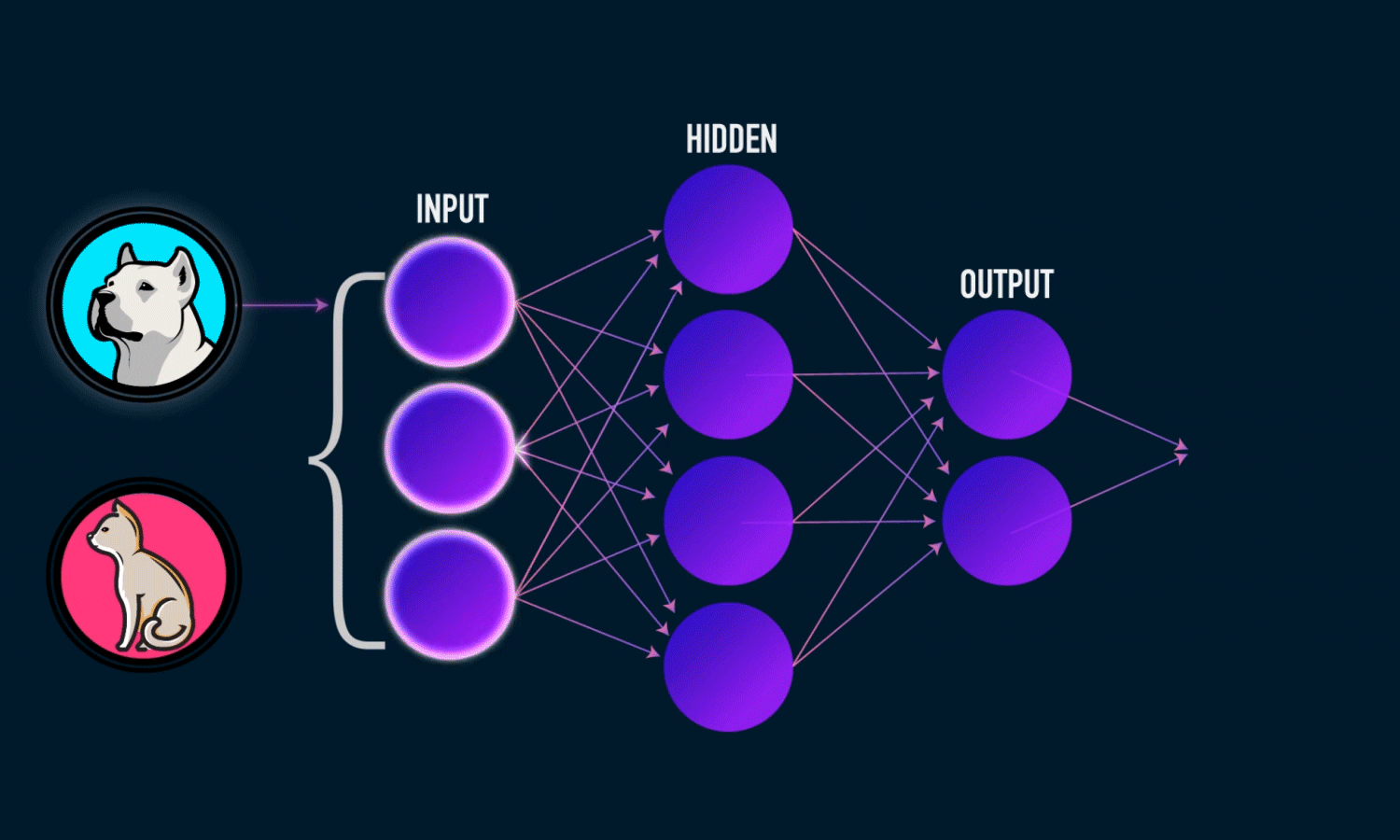Machine Learning models developed for more accurate prediction are trained with a variety of different methods. Some of these essential methods are the ensemble methods that can assist in gaining a more accurate result.

In brief, ensemble methods combine the predictions of several methods to form a more accurate result. And anyone who is seeking a career in data analytics should care about it more as it will direct them toward creating models that are more precise.
What Are Ensemble Methods?
Ensemble methods simply combine several individually trained models through machine learning and statistical techniques with the objective of giving out the most precise result possible. Thus, not only the final result is accurate but also improves the robustness of predictions.
By applying this method, one can even reduce the risk of overfitting while increasing the stability of predictions. All of this falls into place by aggregating the output of multiple results. Thus, solving the most complicated machine learning problems, like regression and classification, in no time.
In particular fields like finance, healthcare, and autonomous systems where accuracy and reliability are important, the application of ensemble methods can do wonders.
Benefits of Ensemble Methods
- Compared to the other individual models, ensemble methods have increased predictive accuracy.
- Given its precision, the result of ensemble methods is less prone to any errors.
- It also helps in overcoming the limitations of individual models by combining the strengths of multiple models to achieve better results.
- The ensemble methods perfectly manage both linear and non-linear types of data in the datasheet.
- Bias/Variance can be reduced when using the ensemble method to produce results.
- Both the process and the end result after the ensemble of models are less noisy and more stable in nature.
- Given the use of ensemble methods, it can be applied to various machine learning tasks, such as classification, anomaly detection, and regression.
Ensemble Method Groups
Ensemble learning methods are mostly categorised into two groups;
Sequential Ensemble Methods
As the name implies, in this ensemble method, the base learners are dependent on the results obtained by previous base learners. Although, every subsequent base model corrects the results of its predecessor by fixing the errors in it. Thus, the end result leads to a more improved performance.
Parallel Ensemble Methods
Contrary to the above one, there is no dependency on base learners in this method. Here, the results of all the models, executed parallelly are combined at the end to make an accurate prediction.
There are two Parallel Ensemble Methods with different approaches to their base learner;
- Homogeneous- A single machine learning algorithm is used
- Heterogeneous- Multiple machine learning algorithms are used.
Types of Ensemble Methods in Machine Learning
In order to have a robust and reliable predictor, ensemble methods have a few advanced techniques to carry out the process. To learn about the process in depth, one can opt for a machine learning certification as well.
Here are the three types of ensemble methods that are put to use:
-
Boosting
It is a sequential ensemble learning technique carried out on the most difficult-to-predict examples. In boosting method, models are iteratively trained so at the end, several weak base learners can also build a powerful ensemble. Here, the final prediction is based on a weighted average of the models. This method is used to decrease bias errors and also can avoid overfitting of data with parameter tuning.
Some boosting algorithms are AdaBoost, XGBoost, and LightGBM.
-
Bagging
Unlike boosting, in the bagging method, multiple models are trained on a randomly generated sample of the original datasheet. It then combines the predictions from all to aggregate them through averaging or voting. Bagging or Bootstrap Aggregation is a parallel ensemble learning technique to reduce the variance in the final prediction.
A few examples of it would be Random Forest and Bagged Decision Trees.
-
Stacking
This method is also known as a stacked generalisation, referring to the ensemble technique that works by combining multiple machine learning algorithms through meta-learning. Here, the base models are trained on the entire datasheet. But the meta-models or level 1 models are trained on the predictions of base-level models. It helps to reduce bias or variance in base models.
Some libraries for Stacking are StackingClassifier and StackingRegressor.
-
Voting
This ensemble learning method creates multiple models of different types, which go through some simple statistics like calculation mean or median to combine the prediction. This result will then serve as additional input for training to make the final prediction. Similar to other ensemble methods, it is also implemented through Python programming and with the help of tools like Power BI, which makes the process of implementing the models much easier.
Conclusion
A single algorithm might disappoint one by its inaccurate prediction for a given data set. But if we build and combine multiple models, the chance of boosting the accuracy in overall performance increases. This is where ensemble methods are put into use to carry out precise results.
As we understood from the above information, ensemble methods combine several predictions to churn out the most accurate and robust prediction. However, it is often not preferred in some industries where interpretability is more important. But that being said, no one can deny the effectiveness of these methods. Further, their benefits, if appropriately applied, are tremendous.
Thus, to learn these ensemble methods, one must skill up in Python programming and using power BI. And all of these can be easily covered in a machine learning certification.
For those who are looking to develop their skills and move ahead in their career in data analytics, Imarticus Learning offers the Postgraduate Programme in Data Science and Analytics. Here, you will get the expertise in working with the necessary tools with complete knowledge of the subject.
Visit Imarticus Learning to learn more about data science and machine learning.





 While you’re learning from a
While you’re learning from a 


 Online training is the best means of
Online training is the best means of  In a nutshell
In a nutshell
 Sklearn precisely works as a one-stop solution that helps with importing, preprocessing, plotting, and predicting data.
Sklearn precisely works as a one-stop solution that helps with importing, preprocessing, plotting, and predicting data.

 It is designed to carry out the cognitive functions that humans have specified. This indicates that the scope of an
It is designed to carry out the cognitive functions that humans have specified. This indicates that the scope of an  This
This  Takeaway
Takeaway 